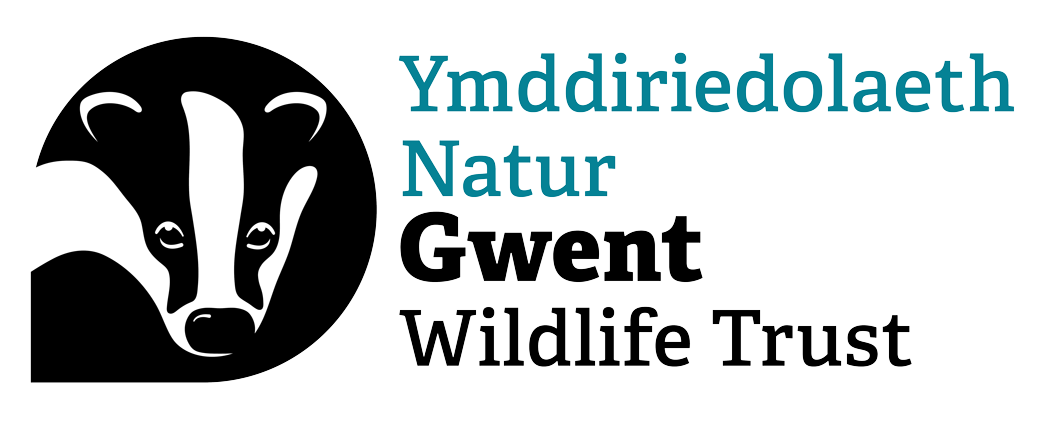This October marked the joint highest number of dormice recorded in one visit since monitoring began at one of our sites in 2009.
"It was an extra treat to encounter two dormice that had gone into torpor - a type of ‘mini-hibernation’ that can help them conserve energy in times of poor weather or food scarcity," reported Senior Evidence Officer Lowri Watkins.
